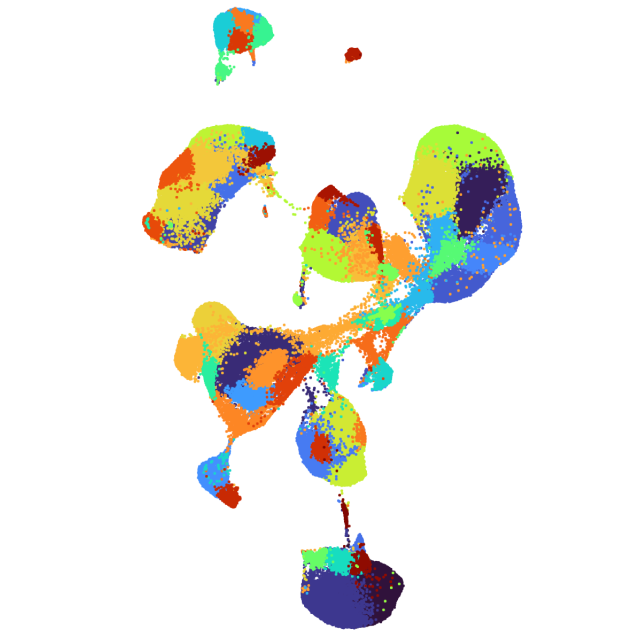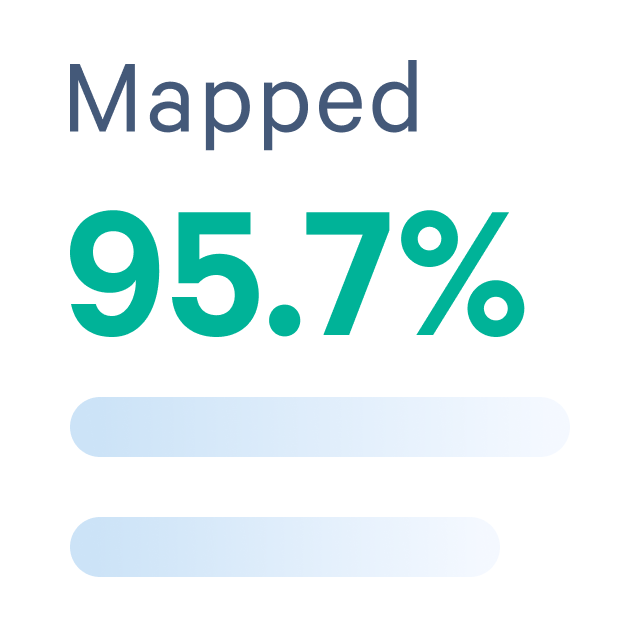10k Mouse Splenocytes with Transgenic B12 and HEL Spike In (BEAM-Ab)
Universal 5' dataset analyzed using Cell Ranger 7.1.0

Learn about Chromium analysis
Splenocytes from transgenic mice that recognize Hen Egg Lysozyme (HEL) were combined with splenocytes from b12HL mutant/transgenic mice that express the neutralizing HIV antibody b12 and were labeled with two antigens plus a negative control. Then they were sorted for CD19+/PE+ B cells as described in the Sample Prep User Guide for Reagent Assembly, Sample Labeling & Flow Sorting for Barcode Enabled Antigen Mapping (CG000595, Rev A). The sorted cells were combined with splenocytes from a C57BL mouse (~10% HEL:b12HL B cells, ~90% splenocytes).
Antigens:
- HEL: Hen Egg Lysozyme (BEAM Conjugate 12)
- b12HL: gp120 (BEAM Conjugate 13)
- Negative control (BEAM Conjugate 14)
Gene Expression, Antigen Capture (BEAM-Ab), and VDJ-B amplified libraries were generated from the sorted cells as described in the Chromium Next GEM Single Cell 5' Reagent Kits v2 User Guide (CG000591, Rev A) and sequenced on an Illumina NovaSeq 6000.
Paired-end, dual indexing libraries were sequenced to the following depths:
- GEX: 135,307 mean reads per cell
- Antigen Capture (BEAM-Ab): 12,558 mean reads per cell
- VDJ-B: 3,443 mean reads per cell
Sequencing read configuration:
- Read 1: 26 cycles (16 bp barcode, 10 bp UMI)
- i5 index: 10 cycles (sample index)
- i7 index: 10 cycles (sample index)
- Read 2: 90 cycles (transcript)
Sequencing data were processed using Cell Ranger v7.1, with web summary and output files available in relevant tabs. A custom made mouse V(D)J reference was used as input. This reference differs from the pre-built mouse reference in the sequence of only one V(D)J gene. For more information, please contact support@10xgenomics.com.
- Cells detected: 8,231
- Median genes per cell: 1,987
- Median UMIs per cell: 5,242
This dataset is licensed under the Creative Commons Attribution 4.0 International (CC BY 4.0) license. 10x citation guidelines available here.
